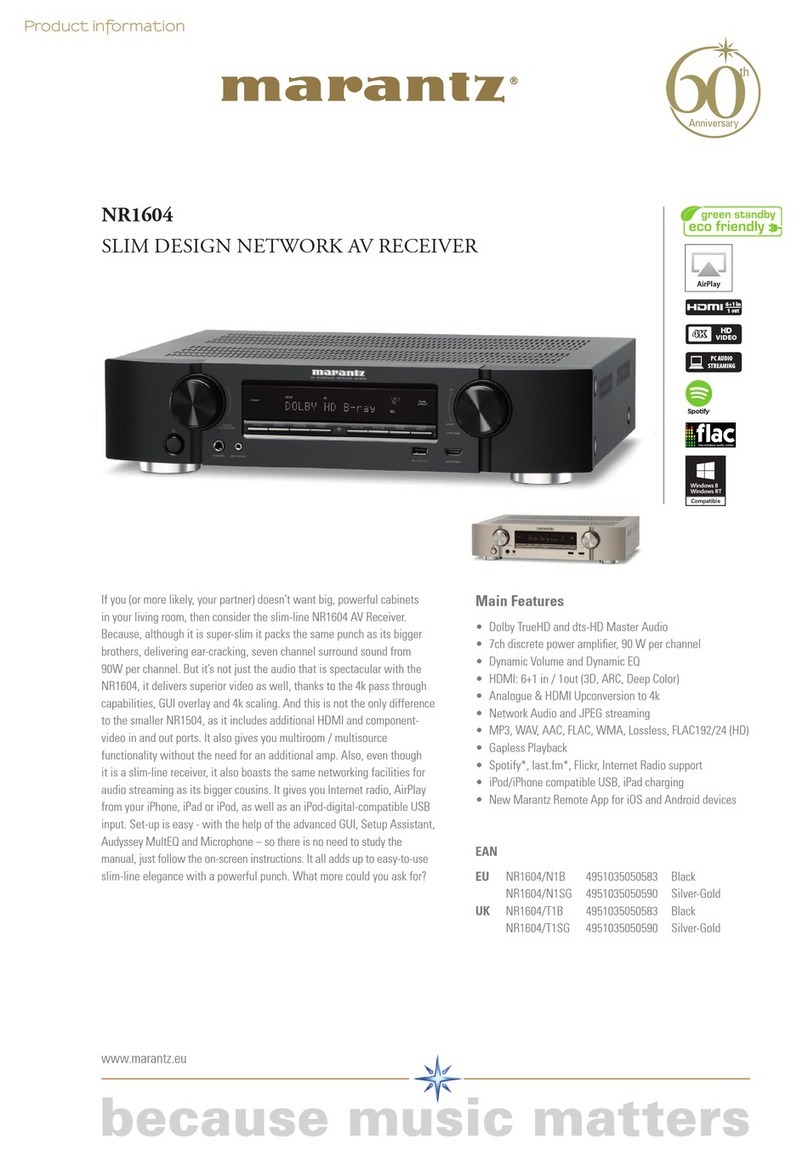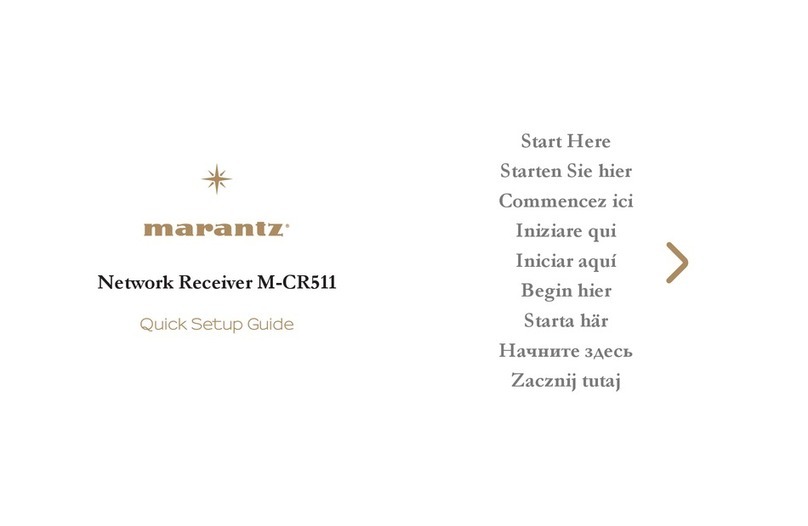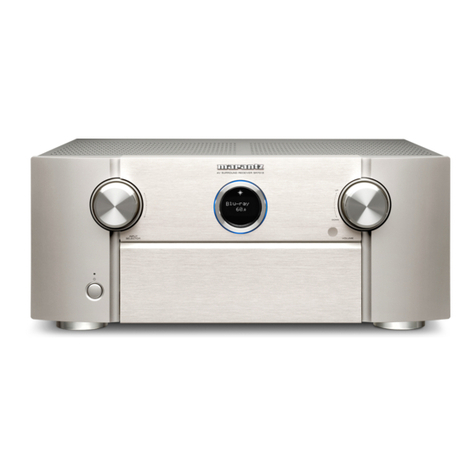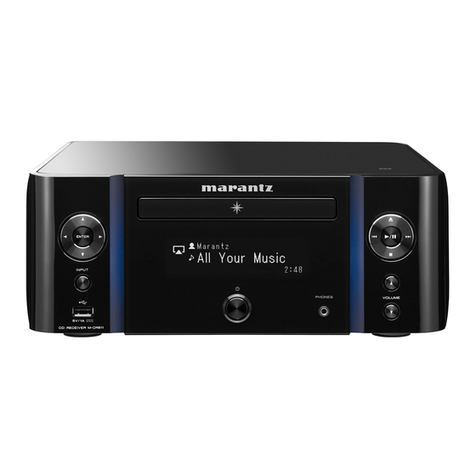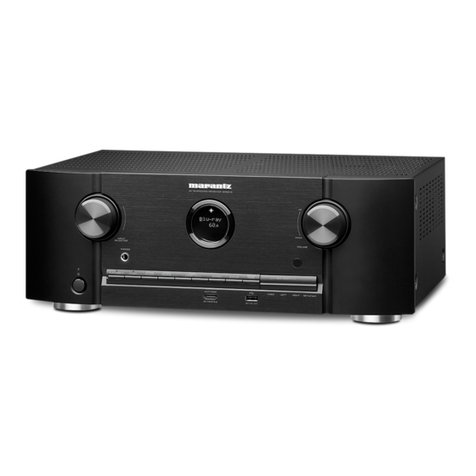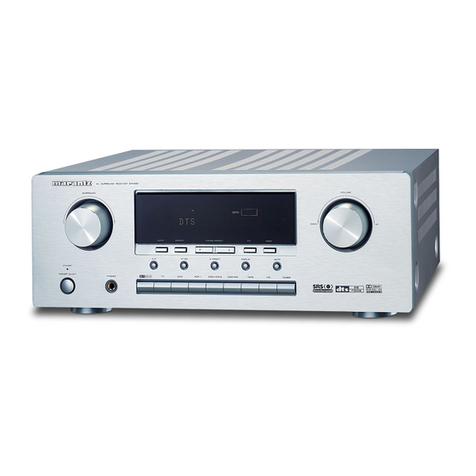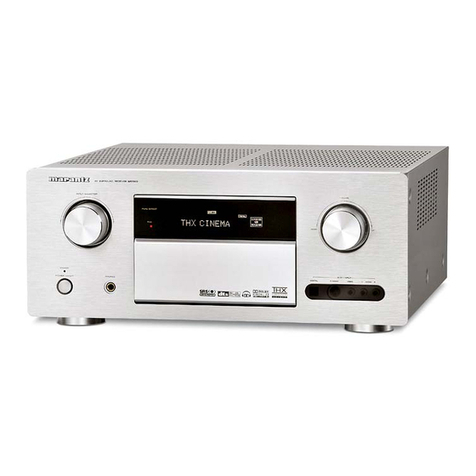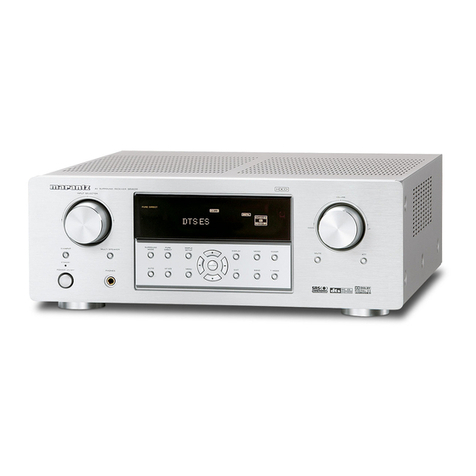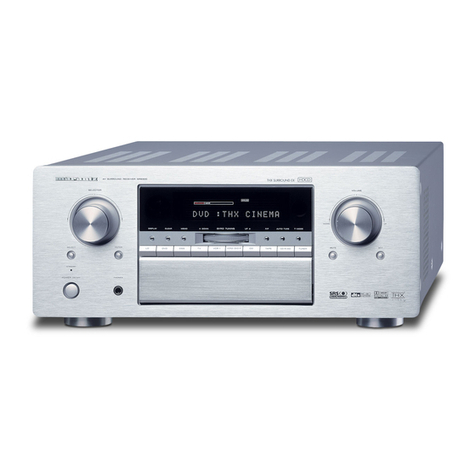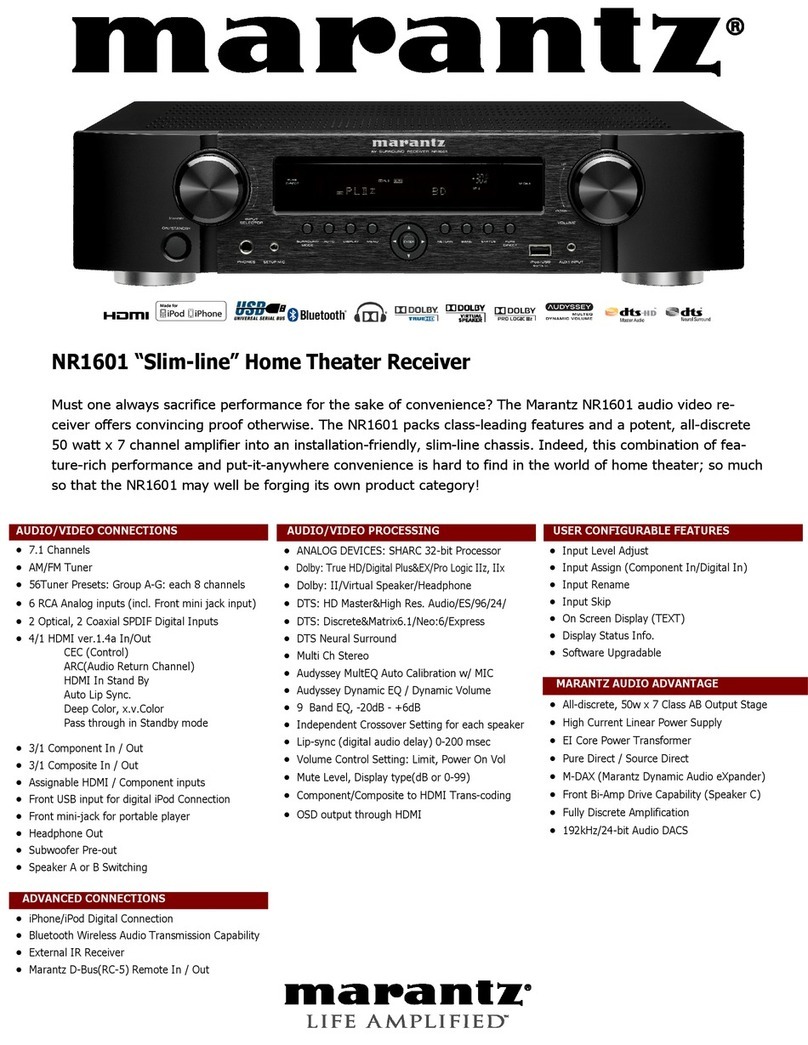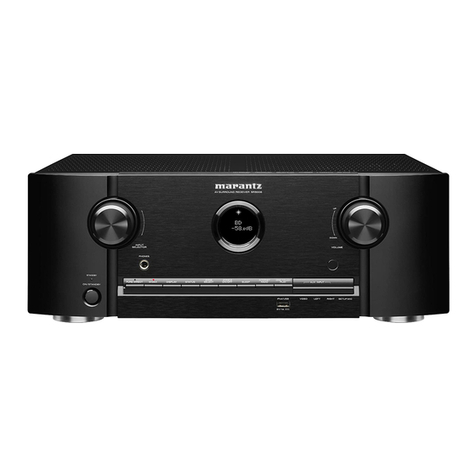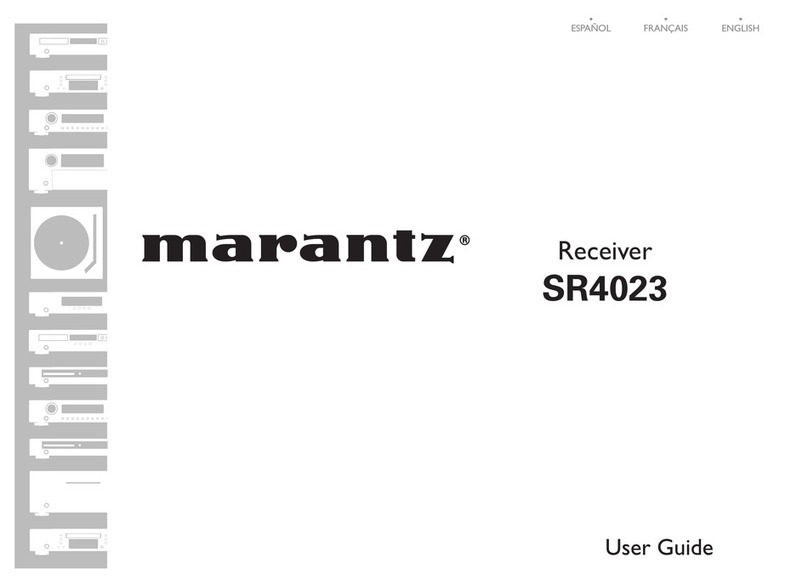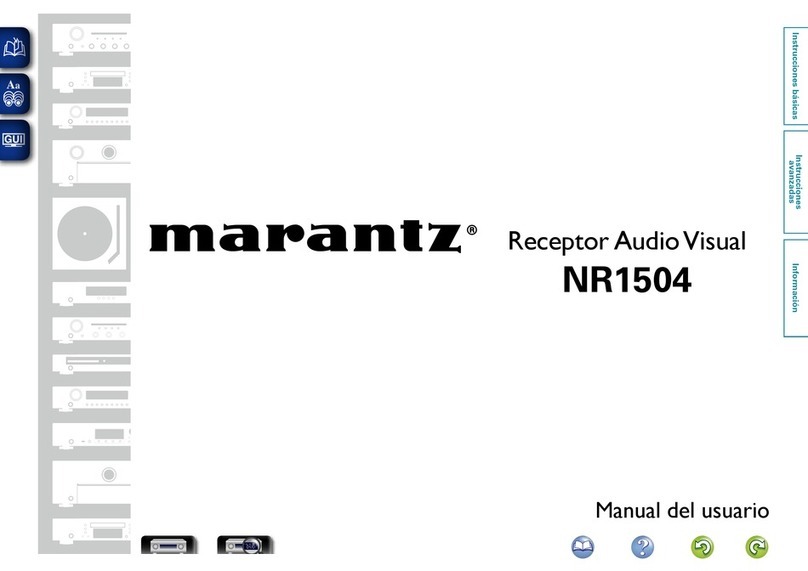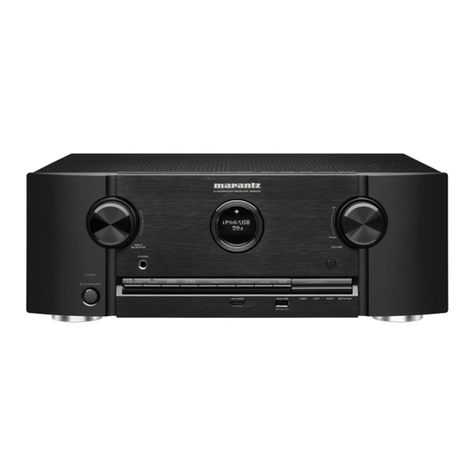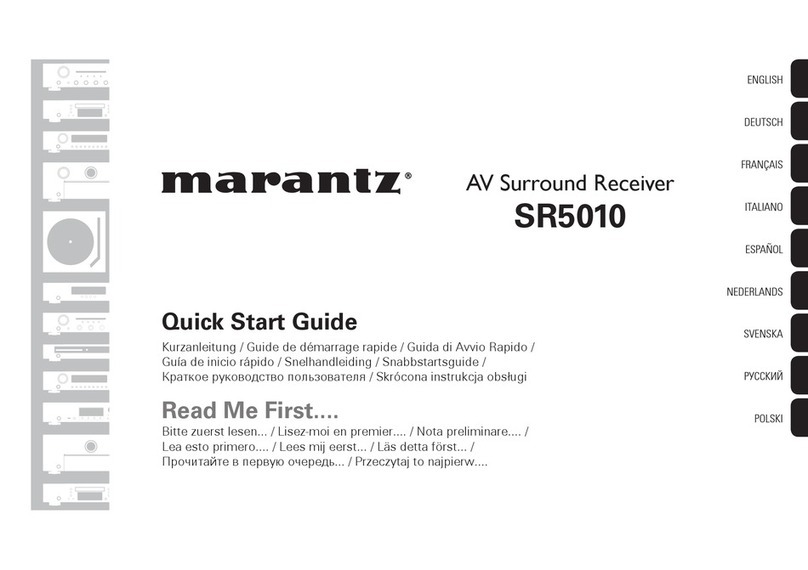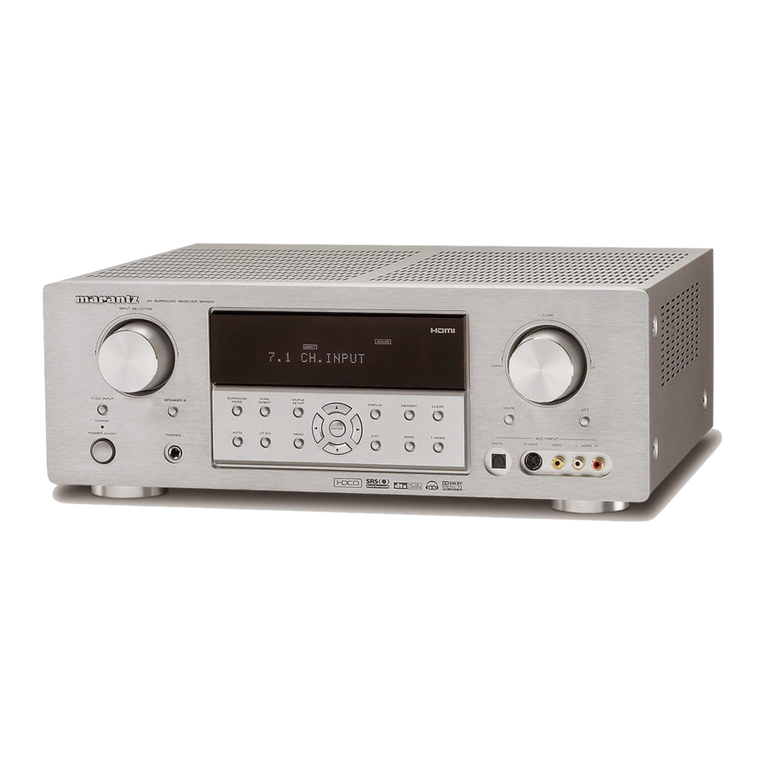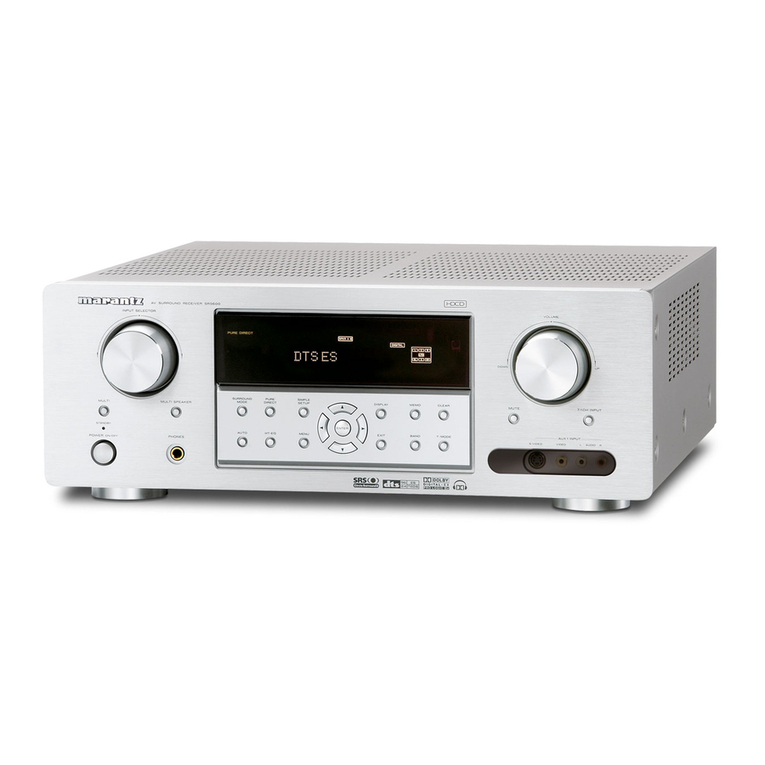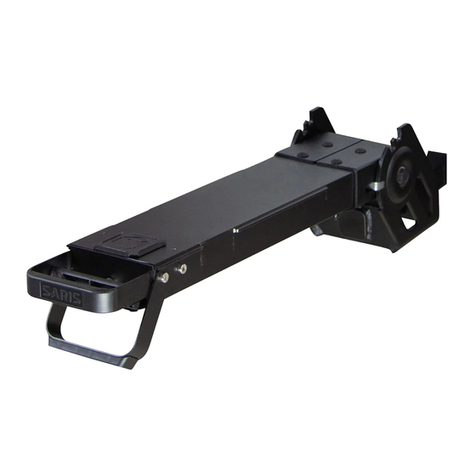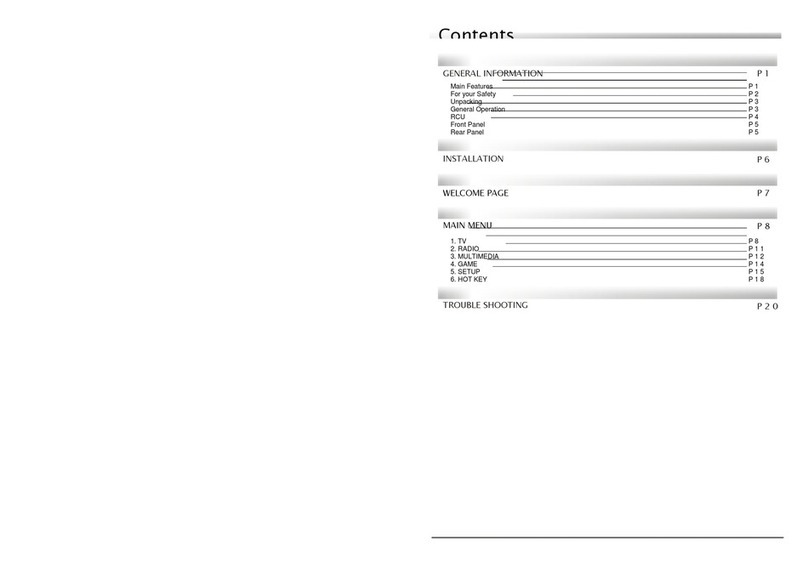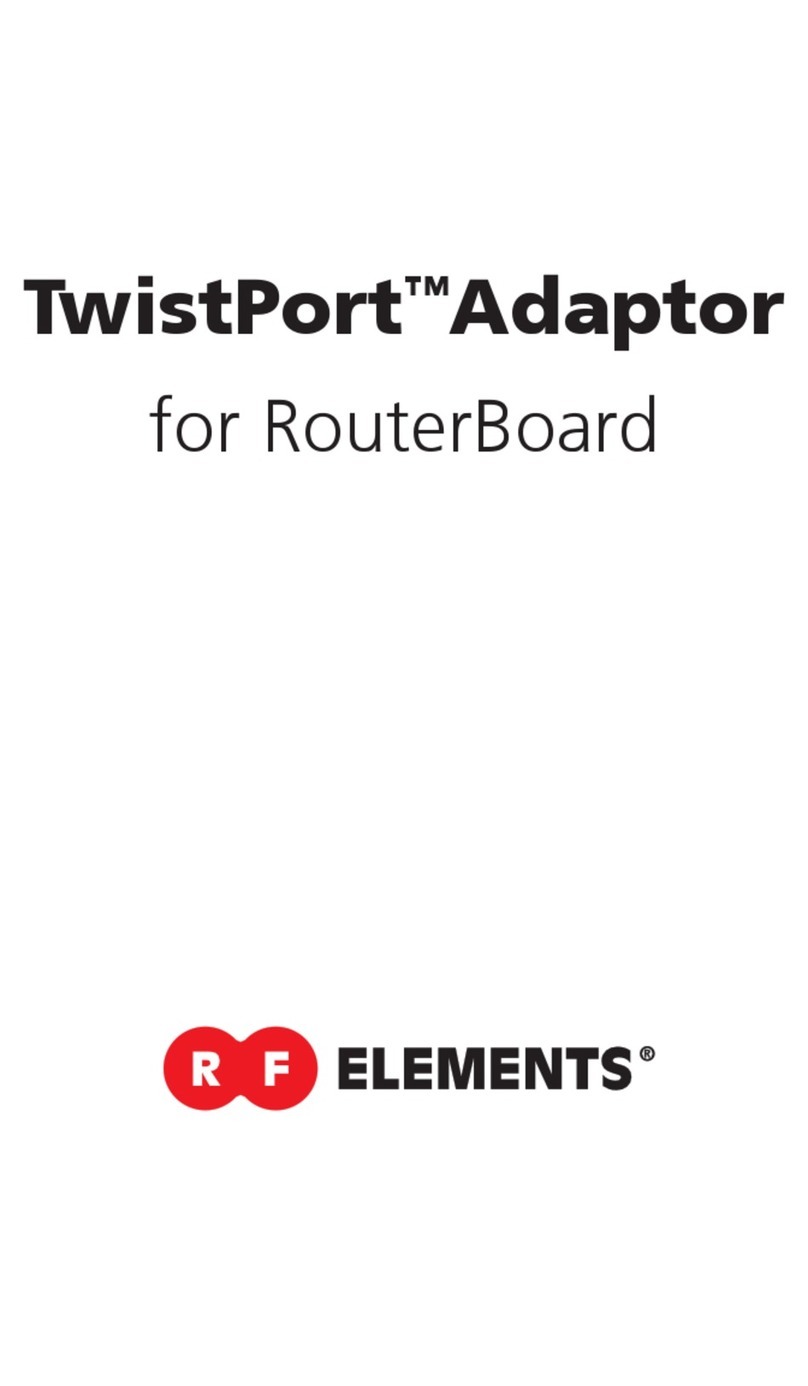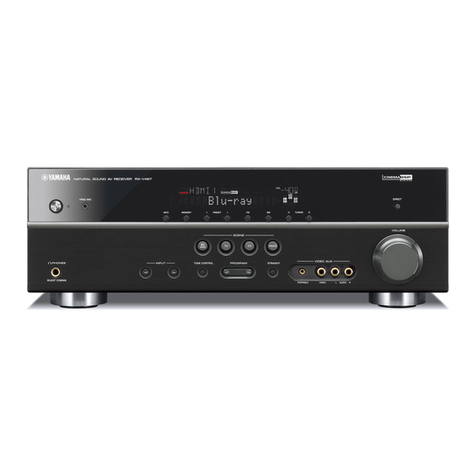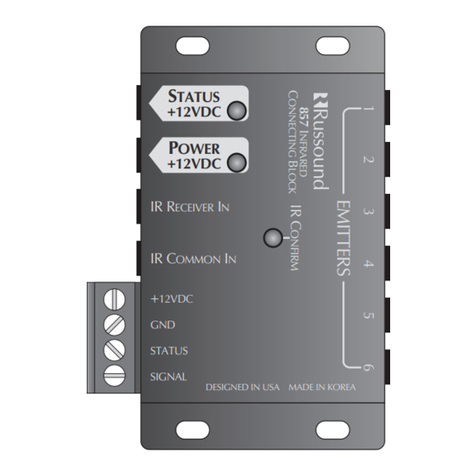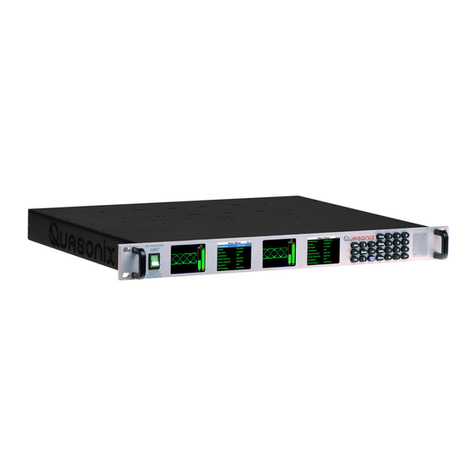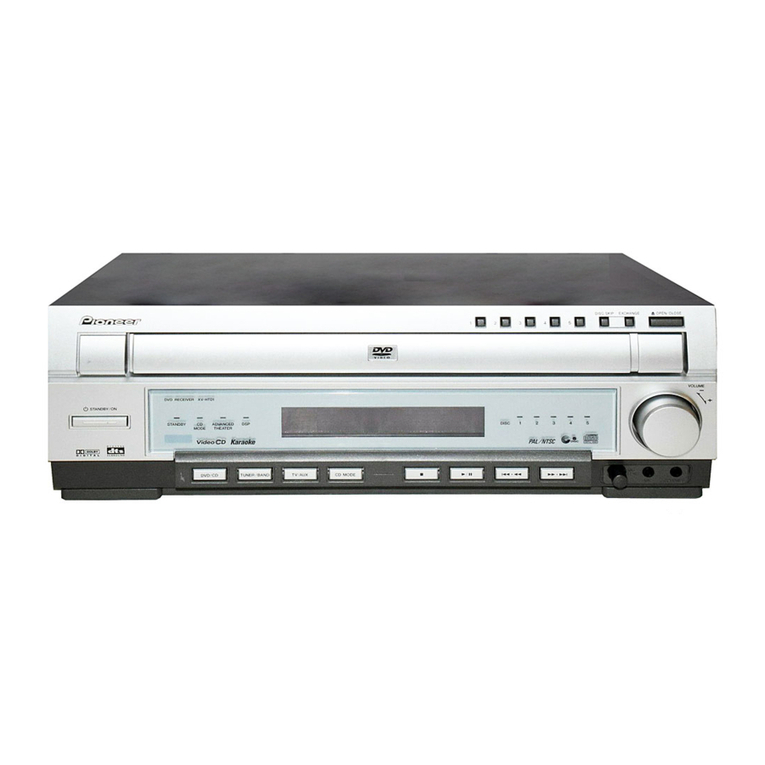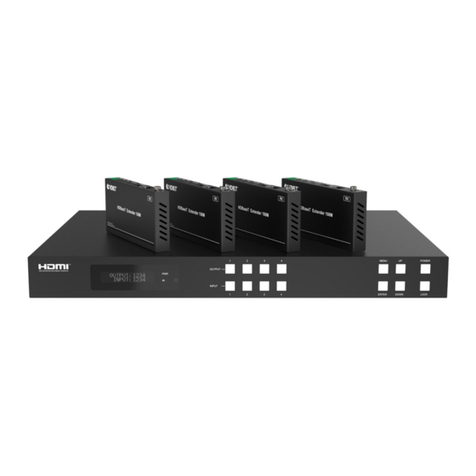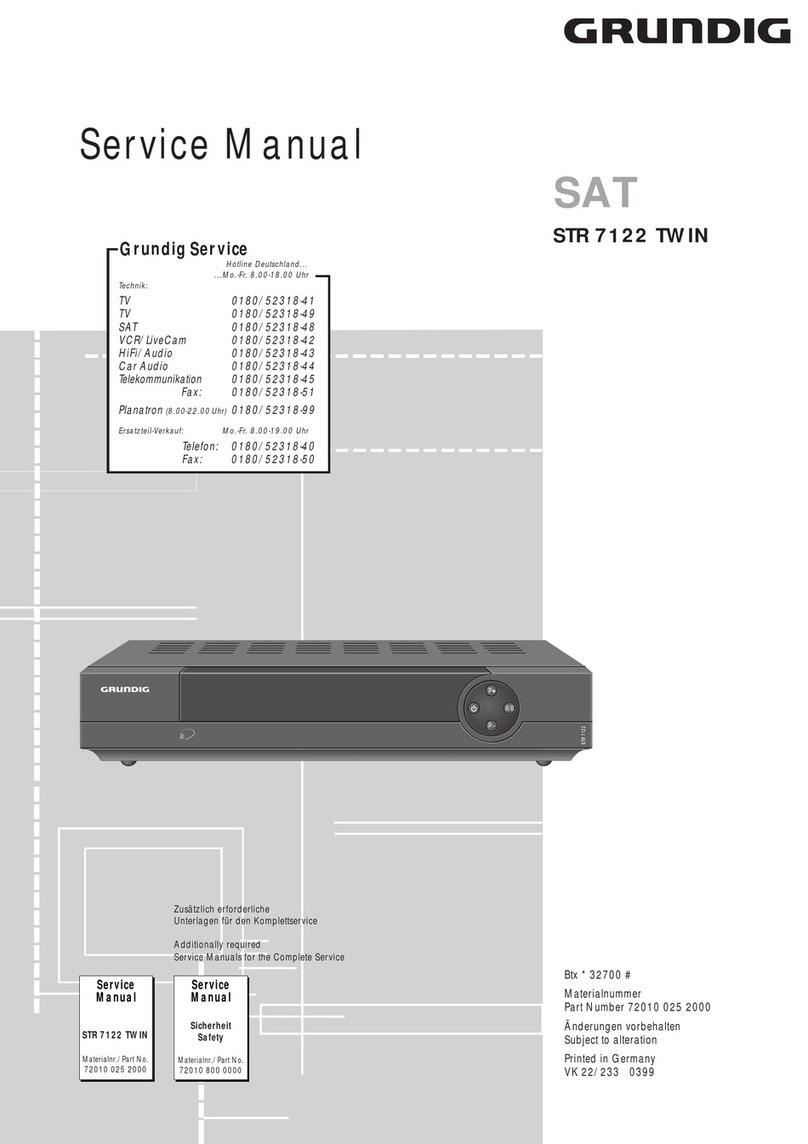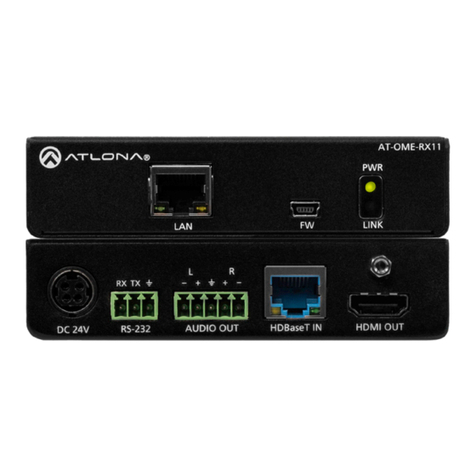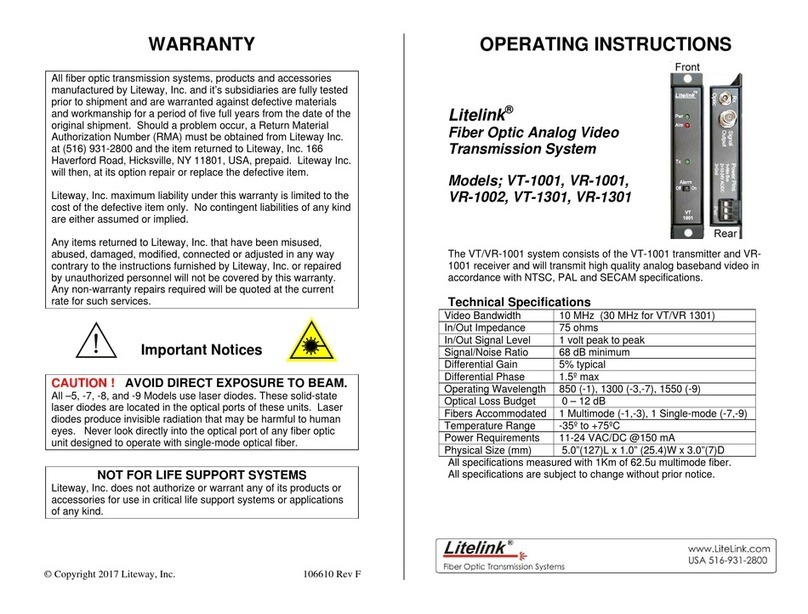C
(Note: Close inspection of ständard zipcord will
'pvaal \orp lorr o'codinq o'1 lhp r1'ulatron,4,q,,
rioqF o' g'oovp on ono pouo. onp o ll'F wrrp" näy
be "silver" while the other is bare copper.) Coded
wires help insure identical connections for each
channel,
For each channe. the coded wire can be connecred
between the "commoi" termjnal of your
loudspeaker and the GROUND terminal of the
amplifier channel. The remaining uncoded wire is
then connected between the remaininq Loudspeaker
and amplifier lerminals. This insures correct
polarity or phasing o{ identical loudspeakers.
l{ there is any doubt about phasing o{ loudspeaker
pairs, or if they are not identical loudspeakers, a
simple listeninq test can verify correct phasing.
With program signals fed to both channels, and
with the MONO pushswitch depressed, the sound
should appear to originale at a point midway
between the loudspeakers, with the balance control
centered. As the balance contro is turned away
from the center position, the sound source shou d
appear to move toward one of the Loudspeakers.
Room acoustics can somelimes make this test
ambiquous or confusing. lf so, lemporari y rnove
the loudspeakers as c ose toqether as possible. Then
set the controls for balanced IMONO operätion and
listen to program material with strong bass pass
ages. Reverse the wires to one of the loudspeakers
and listen to the same passage again- lf there is
.ofic"obly less b"\s w l I' c 'Fvp 'ad , orn"cr:on.
change the connections back to the original ar
ranqement. lf there is noticeably more bass, leave
the wires connected in reverse,
These phasinq procedures should be used with each
stereo pair of Loudspeakers, whether IMAIN or
REMOTE. lf both pairs of loudspeakers are used in
the sanre listening area, ensLrre that the [4AlN
peir is also "in phase" with the REMOTE pair.
CAUTION:
NEVER DIRECTLY CONNECT THE LOUD
SPEAKER TERIV]INALS OF ONE CHANNEL
IN PARALLEL WITH THOSE OF ANY
OTHER. ANY RESULTING DAMAGE IS
NOT COVER ED UNDE R WARRANTY.
FM ANTENNA
The best F [/] reception is obtained with a
Log-Periodic type antenna, moLnted on a qood
quality rolor system. For fringe areäs, I\4arantz
recommends a Log Periodic antenna with six or
more elements designed expresslV Jor FM
reception. For minimum local noise and multipath
picl<Lrp by the lead in wires, Lrse a balanced änd
shielded 300ohm cable. (An unshielded lead-in
wire can act as än omnidirectional antenna, and
can cancel the directional benefits of your
ä1'pr1a.) Lolv los.300.ol_Tl \' eld"d cdb'p ' or\,sls
of two inner conductors plus an ouler shield and
insulating jacket. This type of shielded cabe
effectively prevents the lead-in from contributifg
multipath distortion.
For rural areas, it is recommended that a loca
dealer be consulted about antenna installation and
lightning arrestor protection- I\,4aster antenna
system are not recommefded {or use with your
Model 2245; such systems are usually designed
expressly {or television reception and frectuently
suppress FM siqnals before distribution. ln
addition, rnaster antenna systems often severely
limit good qLrality FIVI reception.
Where ouldoor antennas are prohibited or
inconvenient, use a simple form of 300-ohm, TV
"rabbit ear" antenna or the simple ribbon type
{olded dipole anterrna supplied with the lvlodel
2245. Aarh are practical änd will qive satisfactory
results in primarv siqnal areas. Your [,4odel 2245
Receiver will accept either a 75 ohm or 300 ohm
antenna. (See diagram Figure 3.) The 300ohm
inrenna cable should be connecled to the two
terminals marked FIM on the ANTENNA terminal.
When using 75 ohm coaxial antenna cable, connect
its sh;eld to the "G" (GROUND) terminal, and its
inner or center conductor to either of the FM
üü
Fiqure 3. Fl',4/A[4 Antenna Connection
